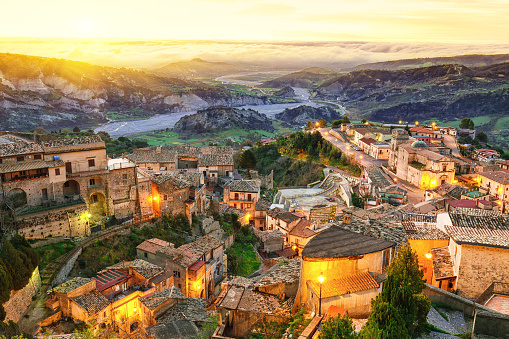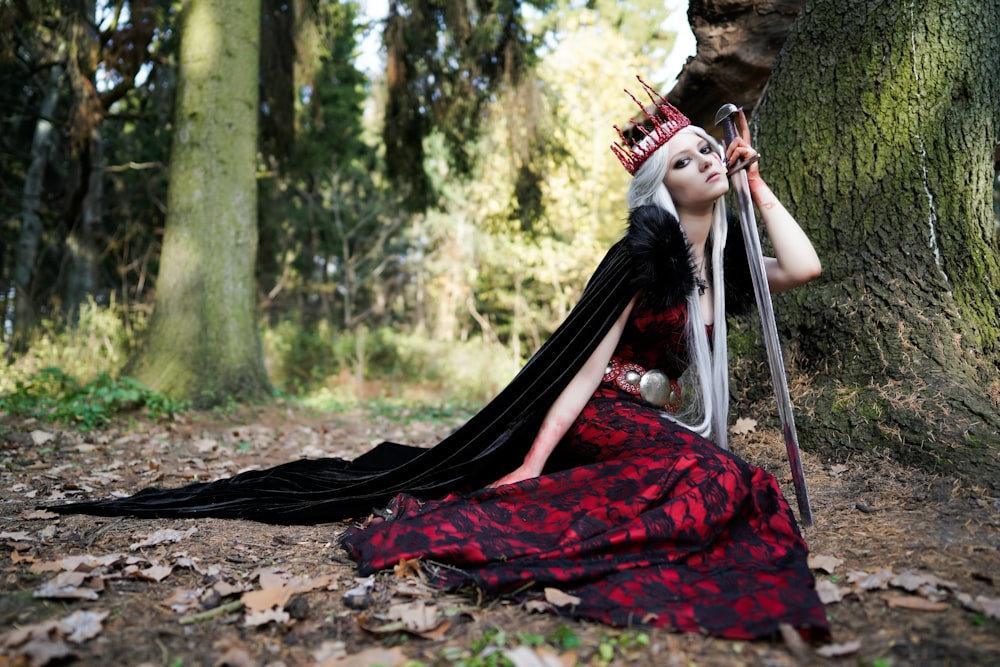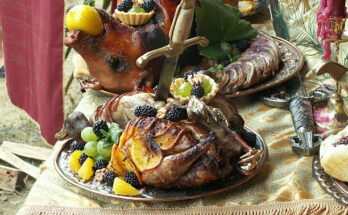Medieval Life: A Peek into the Historical Era
The High Middle life saw a significant increase in population. Between 1000 and 1347, Europe’s population is thought to have increased from 35 to 80 million, but the precise reasons for this growth are still unknown. Among the theories are improved agricultural practices, a drop in slave trade, a warmer climate, and a lack of invasion during medieval life. Up to 90% of Europeans continued to live as rural peasants. Many no longer lived in remote farms, but instead had formed small settlements known as manors or villages. In a system known as manorialism, these peasants living medieval life were frequently under the control of noble overlords and owed them rent and other duties.
Throughout this time and beyond, a small number of free peasants persisted, though they were more numerous in southern European countries than in the north. Another factor in the population growth was the practice of asserting, or putting new lands into production by rewarding the peasants who settled them.
Town started developing: medieval life
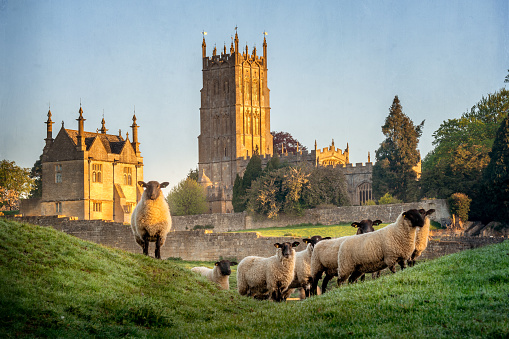
IMAGE CREDITS: istockphoto.com
In reaction to the chaos of the time, castle construction started in the ninth and tenth centuries. These structures offered defense against invaders and rival lords. They were first constructed out of wood, subsequently out of stone. Once castles were constructed, towns grew up everywhere around them.
Early Medieval Ages Viking invasions, which forced settlements to build walls and protect their locations, were a significant influence in the growth of towns. After then, huge mediaeval walled cities with enclosed residences, stores, and churches were built. The most significant mediaeval city walls still exist in England are in York, which had prosperity for much of the later mediaeval period. York is famous for its mediaeval walls and bars (gates).
In towns as opposed to the countryside, it was more typical to send kids off to work as servants. The majority of town dwellers were merchants or craftspeople, and this activity was carefully regulated by guilds. These guilds’ members would take on young people, mostly boys, as apprentices so they could learn the trade and eventually become guild members. The master’s offspring and these apprentices both contributed to the household, or “family,” in equal measure.
Life of peasants: medieval life
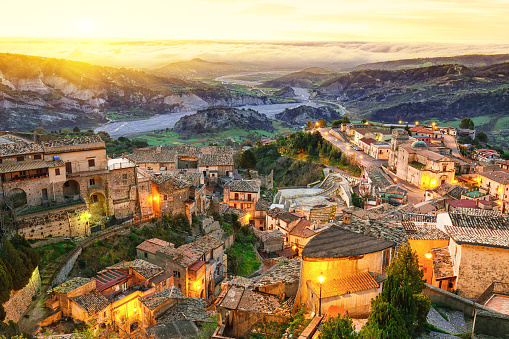
IMAGE CREDITS: istockphoto.com
Peasant farmers made up the majority of the population in mediaeval communities, which were built of dwellings, barns, sheds, and animal pens arranged around the village square. Beyond this, grasslands and ploughed fields around the hamlet.
An agrarian calendar governed peasants’ daily activity, with the majority of their time being spent working the land and attempting to produce enough food to last another year. Church feasts commemorated the sowing and reaping seasons as well as times when both peasants and lords might take a break from their labors.
Strips of land to cultivate and harvest were allotted to the peasants who resided on a manor close to the castle. Typically, they would grow rye, oats, peas, and barley. They would harvest their crops with a scythe, sickle, or reaper. Although though each peasant family had their own individual plots of land, the peasants collaborated on activities like haying and ploughing. They were to clear woods, create roads, and perform other duties as assigned by the lord.
Even in the homes of the wealthy, comfort was not always found. Stone walls, ceilings, and floors were a constant source of heating issues. Little windows let in little light, and candles made of oil and fat frequently gave off an unpleasant smell. Wooden benches, broad tables, cabinets, and pantries made comprised the furniture. When available, linen might be nailed or adhered to benches to add some comfort. Even though they were made of the softest materials, bedbugs, lice, and other biting insects were frequently present.
Nobles during medieval times
IMAGE CREDITS: Unsplash.com
Even though they did not possess land directly, the nobles, including the titled nobility and simple knights, exploited the manors and the peasants under the feudal system. These nobles were awarded rights to the income from a manor or other lands by an overlord. These lands, or fiefs, started to be regarded as hereditary during the 11th and 12th centuries, and in most places, they were no longer divided among all the heirs as they had been in the early mediaeval period. Instead, the eldest son received the majority of fiefs and territory. The nobility’s power was based on their ownership of the land, military service as heavy cavalry, control over the castles, and a number of exemptions from paying taxes or other levies.
Women during medieval ages
Throughout the Medieval Ages, women had to formally submit to a male, such as their father, spouse, or another kin. While though widows frequently had some autonomy over their own lives, they were nonetheless subject to legal limitations. According to the depictions seen in Psalters from southern Germany and England, the three main tasks carried out by peasant men and women were raising food, caring for livestock, and producing textiles. Women from various social classes engaged in various activities. Middle-class women worked in the textile, innkeeping, shopkeeping, and brewing industries, while wealthy urban women may become money lenders like their husbands or become merchants themselves. Like peasant women, townswomen were in charge of the home and had access to trade.
Children during medieval times
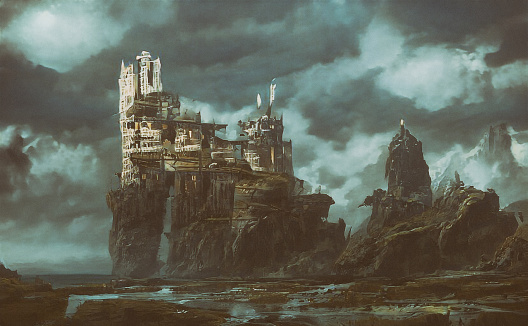
IMAGE CREDITS: istockphoto.com
The first year of life was one of the most perilous for most children growing up in mediaeval England. With as many as 50% of infants dying from a fatal illness in that period. Moreover, 20% of women died during giving delivery. Children were nurtured and cared for throughout their first year of life. Either by their parents if they came from a peasant or noble family, or maybe by a wet nurse.
A youngster started to take on a more meaningful role in family responsibilities around the age of twelve. Although girls may legally get married at the age of twelve. This wasn’t very usual unless the kid was an heiress or came from an aristocratic household. At this age, peasant children remained at home and continued to study. And advance in household and animal husbandry skills. Children in urban areas left their homes and moved in with their employers’ or masters’ homes. Noble girls studied fundamental housekeeping skills, while noble lads learned military abilities. The transition from childhood to adolescent was signified by leaving home and moving in with one’s employer or master, enrolling in college, or starting church activities.

